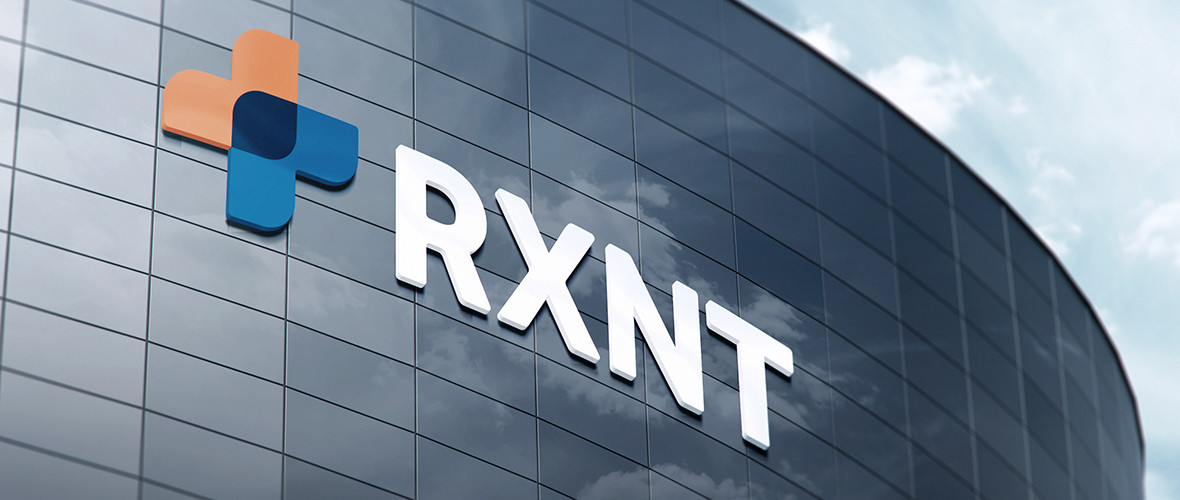Every state is consumed with finding a solution to curb opioid addiction, and for good reason. The problem has reached epic proportions in our country. Last week, a group of panelists at the Health Datapalooza discussed how big data is contributing to reducing the opioid epidemic in the U.S. States are turning to data collection and aggregation to understand and reduce addiction numbers, and they are having success. In 1999, the State of Kentucky – with the help of RXNT – started a Prescription Drug Monitoring Program (PDMP) which stores a database of controlled substances dispensed at each pharmacy. The result has been fewer opioids prescribed and fewer cases of “doctor-shopping.”
The federal government has joined the effort and “[the] Office of Inspector General has made fighting fraud in the Medicare Part D area a priority,” said Caryl Brzymialkiewicz, assistant inspector general and chief data officer at the U.S. Department of Health and Human Services. As beneficial as these efforts are in finding those abusing and recklessly dispensing opioid medication, Brzymialkiewicz noted that “enforcement is only part of the solution.”
At the Health Datapalooza, Miya Gray, vice president at Surescripts said, “We believe that the electronic prescribing of controlled substances (EPCS) will reduce the opioid epidemic. We [also] believe EPCS is key in reducing abuse and fraud. The system is very hard to game.”
As noted in the article, Big Data Could Help Cure the Opioid Addiction Epidemic, by Jessie Bur, electronic prescribing of controlled substances requires practitioners to be pre-approved to prescribe a particular drug, and ensures record keeping of the drugs prescribed. But Gray states, “Providers don’t believe they can send electronic prescriptions legally and pharmacies don’t believe they can receive them.”
The state and federal governments can change this public awareness problem by confirming for providers and pharmacies the legal validity of e-prescribing, and by mandating that providers utilize e-Prescribing given its clear and convincing public safety benefit.
Besides improving public safety, e-prescribing has a number of other benefits. The U.S Department of Health and Human Services spelled out the top four clear benefits of e-Prescribing in the article What Are Some of the Benefits of E-Prescribing? RXNT finds its customers to experience these same benefits. Here are the top four:
- Improves patient safety and quality of care. It is no secret to anyone that doctors do not have the most legible handwriting, so it makes sense that pharmacists may not always read the correct medication or dosage. With RXNT|eRx, prescribers are required to enter in the medication, quantity and units. This eliminates the pharmacists having to decode a prescriber’s script.
- Reduces time on phone calls to and from pharmacies. There is no question that pharmacists must reach out to practices to confirm scripts and responding to outstanding prescription requests takes time. The MGMA discovered that these phone calls total about $20,000 annually per office. The solution to not losing money every year on phone calls? Electronic Prescribing.
- Increase patient convenience and medication compliance. Have you recently received a phone call from your pharmacy after you have refilled a prescription? Imagine not even refilling a prescription and receiving a notice that your prescription is ready for pick-up. Well, that is what e-Prescribing can do. RXNT|eRx has a “Refills” option directly on their prescription request screen. Doctors can enter, on the spot, the number of refills needed without having to call-in a new script.
- Improves formulary adherence permits lower cost drug substitutions. Medications can be expensive, and some insurance companies do not cover certain meds. RXNT|eRx database has the ability to look up a patient, see what medications are covered by their insurance company, and if there is a generic version that they can prescribe. In a matter of seconds, patients know if the medications they are being prescribed are covered by their insurance company. This leaves no searching for the patient or doctor for a cheaper medication.
We hope that other state governments will look at the success of New York (in coupling e-prescribing with a PDMP) and work to realize the same benefits. Maine was the second state to announce legislation to mandate e-Prescribing and PDMP use, and will not be the last.

